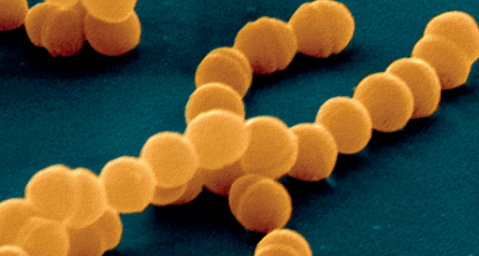Scarlet fever is a syndrome characterized by a rash, which usually accompanies a sore throat. It can have complications, and it needs to be recognized at presentation as it is a notifiable disease.
The rash is the most striking sign of scarlet fever. This is a scarlet, confluent rash, mainly macular (flat) rather than papular (bumpy).
Transmission occurs by direct person-to-person contact via saliva or nasal secretions or, rarely, by indirect contact through objects or hands. The incubation period is two to five days.
Bacteria that cause the infection produce toxins (poisons), which cause the rash, a red and swollen tongue and flushed cheeks. The scarlet fever rash can be confused with measles.
Scarlet fever is mainly a childhood disease and is most commonly seen between the ages of 2 and 8 years. Unlike many infectious diseases seen in children, is not vaccine preventable. Although historically considered a dangerous disease, it is now much less serious.
Scarlet fever is highly contagious and, if not treated with antimicrobials, can be infectious for two to three weeks after the onset of symptoms.
Scarlet fever




